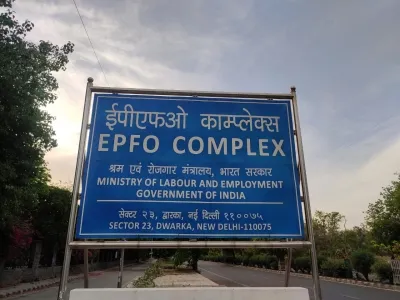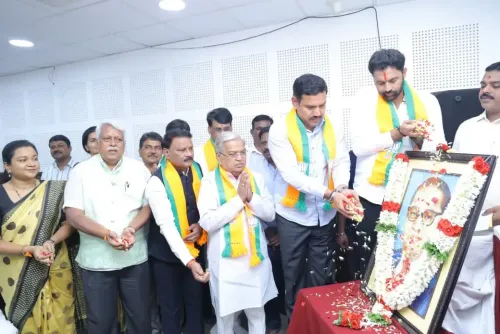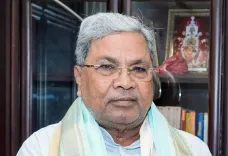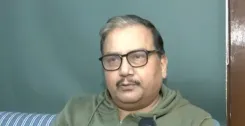What Are the New EPFO Withdrawal Rules for Members?

Synopsis
Key Takeaways
- The EPFO has simplified withdrawal rules into three main categories.
- Members can withdraw up to 100% of their eligible balance.
- A minimum of 25% of the EPF balance must remain for retirement.
- All partial withdrawals now require a minimum service period of 12 months.
- Documentation for special circumstance withdrawals is no longer required.
New Delhi, Oct 14 (NationPress) The Employees' Provident Fund Organisation (EPFO) has revamped its partial withdrawal policies by consolidating 13 separate clauses into three primary categories: Essential Needs, Housing Needs, and Special Circumstances. This initiative is designed to facilitate easier access to provident fund savings.
For the approximately 30 crore members who collectively possess a fund of around Rs 30 lakh crore, this reform seeks to simplify, expedite, and enhance transparency in the withdrawal process.
The updated framework, known as EPFO 3.0, has established standardised withdrawal limits.
Members can now withdraw up to 100% of their eligible provident fund balance, which encompasses both employer and employee contributions, depending on the purpose. However, a minimum of 25% of the EPF balance must remain in the account to ensure a retirement safety net.
This means that members can withdraw as much as 75% of their total corpus while maintaining the required balance.
Moreover, the new regulations have standardised the requirements for withdrawals. Previously, different types of withdrawals had specific criteria, such as five years of service for housing and seven years for marriage-related withdrawals.
Now, all partial withdrawals must adhere to a single 12-month minimum service period, streamlining the process and eliminating confusion.
Significantly, members will no longer need to submit documentation for withdrawals under the Special Circumstances category. Previously, this required proof of emergencies, including natural disasters or job loss.
The new provision allows members to withdraw without providing a reason, which is expected to cut red tape and hasten approvals.
The EPFO has also raised the withdrawal limits for education and marriage-related withdrawals. Members can now make up to 10 withdrawals for education and five for marriage, compared to the previous cap of three combined withdrawals.
However, the reforms also introduce stricter guidelines for final settlements. Members can now only apply for an early final settlement 12 months after leaving their job, and must wait 36 months for pension withdrawal.
In cases of job loss, the 25% minimum balance requirement applies solely to partial withdrawals and not to full settlements.
While this simplified framework is expected to boost efficiency and transparency, workers who have been laid off or have faced extended periods of unemployment might find it challenging to access their provident fund savings promptly, particularly when they need it most, due to the revised settlement timelines.










